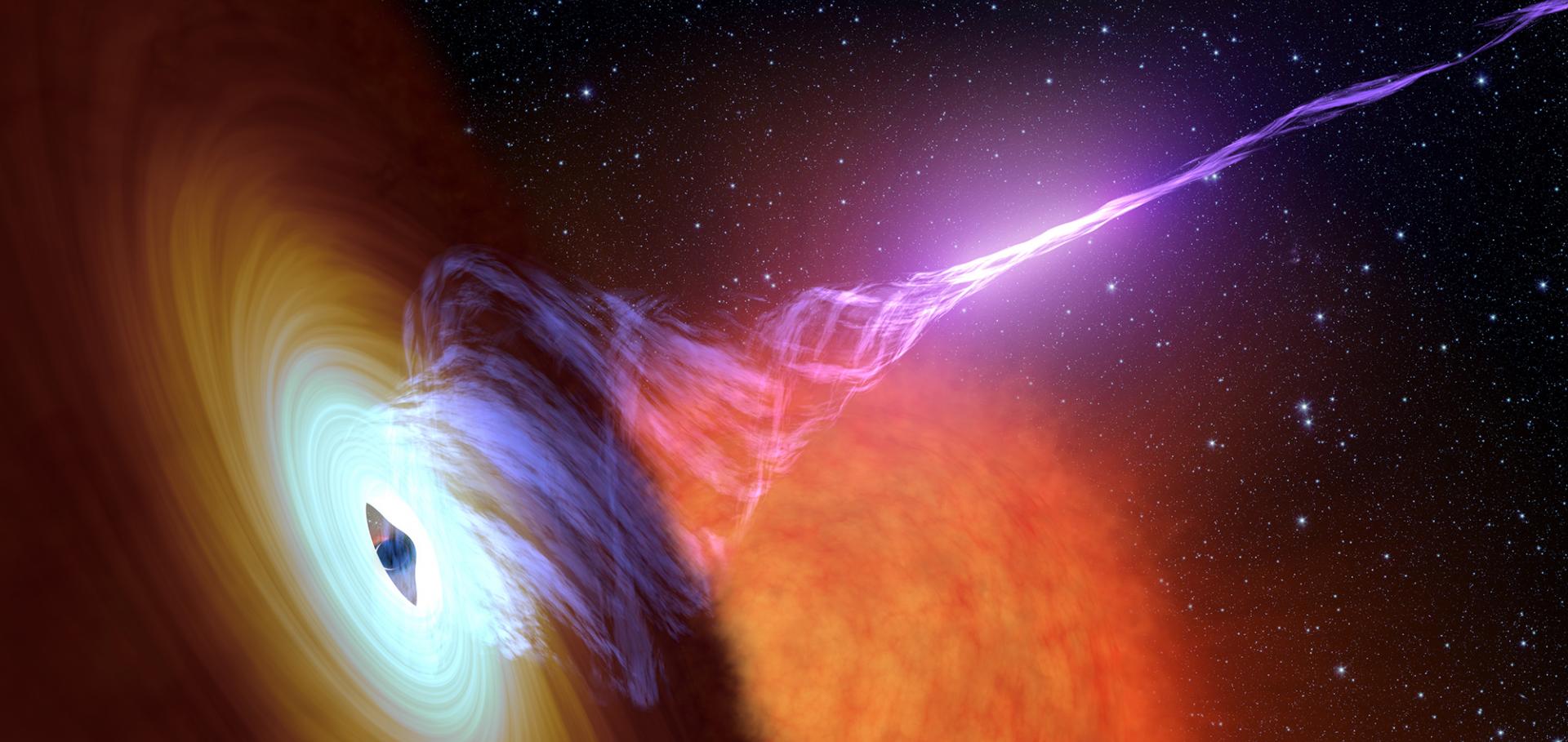A hot and fast ultra-stripped supernova that likely formed a compact neutron star binary
(2018)
The first tidal disruption flare in ZTF: from photometric selection to multi-wavelength characterization
(2018)
SPIRITS 16tn in NGC 3556: A Heavily Obscured and Low-luminosity Supernova at 8.8 Mpc
The Astrophysical Journal American Astronomical Society 863:1 (2018) 20


